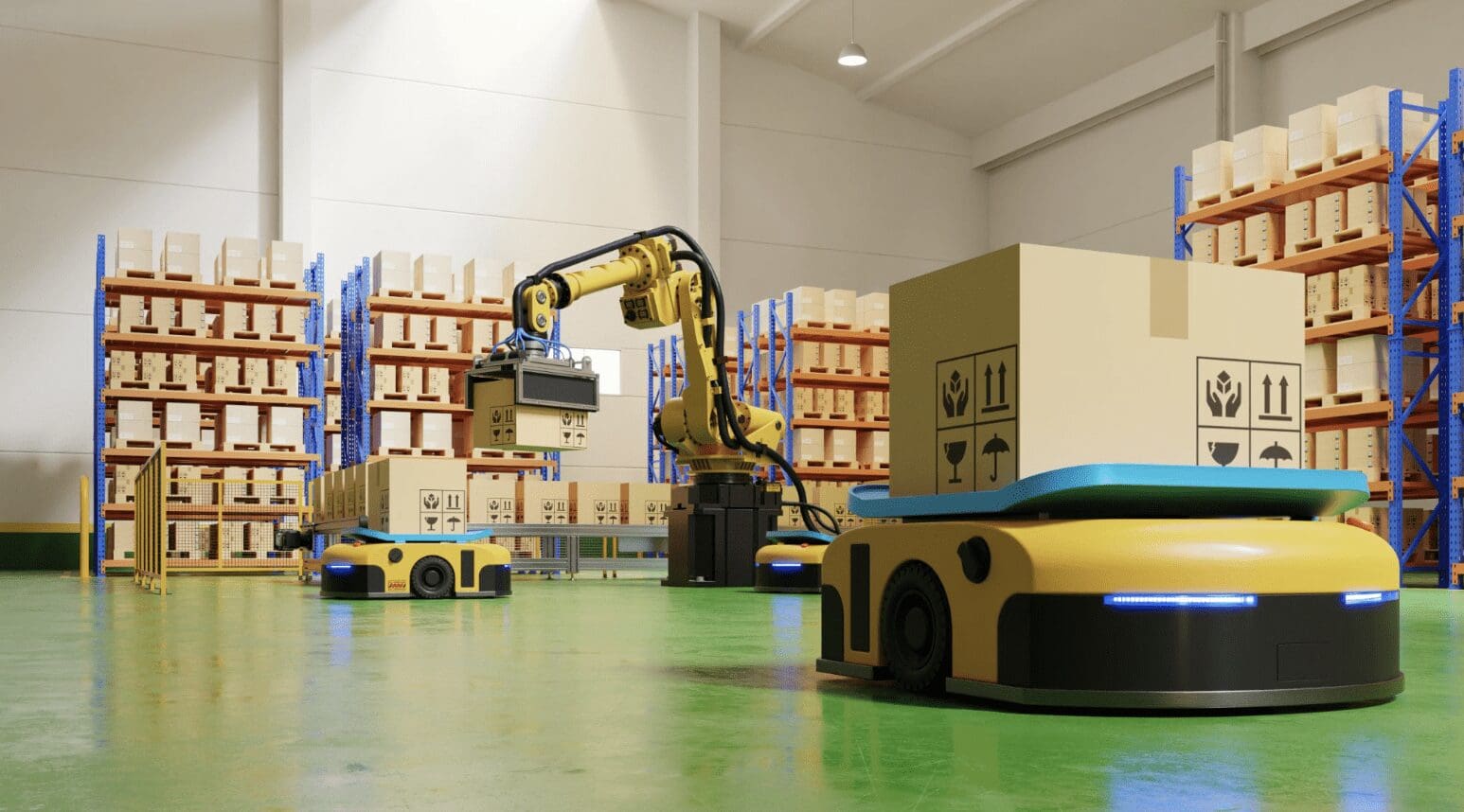By: Joann Muller
Amazon is rolling out an army of robots that could soon select and sort the majority of the 13 million packages it delivers every day.
Why it matters: Increased demand for expedited delivery has the e-commerce giant looking for ways to shave package processing time.
- Speed pressure has triggered union organizing efforts at some Amazon warehouses by workers who complain of injuries and exhaustion.
- Turnover rates are so high the company fears it could run out of people to hire in its U.S. warehouses by 2024, according to Recode, citing internal Amazon research.
Amazon’s answer? More automation.
- The company wants to give the most demanding, repetitive tasks to robots, then retrain employees for higher-skilled jobs such as mechatronics or software engineering.
- Instead of replacing workers, robots can make their lives easier, argues Tye Brady, chief technologist at Amazon Robotics. “If you reframe your relationship with machines, you can gain incredible productivity.”
Where it stands: About 75% of Amazon orders are currently touched by some form of automation during their journey from warehouse to doorstep.
- Still, human hands are mostly responsible for selecting individual items and packaging them up for delivery.
The latest: Amazon recently introduced a slew of new robots that will help it move, select and ship merchandise.
- “Proteus,” for example, looks like an oversized Roomba. The autonomous bot can slide under an 800-pound cart stuffed with packages and move it across a warehouse.
- Robot arms like “Robin” and “Cardinal” can sort and redirect packages to various warehouse locations before they’re sent off for delivery.
Amazon’s newest robot, Sparrow, represents a huge leap forward in automation, the company says.
- Unlike those other robots — which can sort just a few dozen sizes and types of packages — Sparrow can recognize, select, and handle millions of individual products using computer vision and artificial intelligence.
How it works: The company showed off Sparrow’s capabilities during a recent demonstration at an Amazon robotics facility outside Boston, where it can manufacture up to 330,000 robots a year.
- I watched as Sparrow’s robot arm dove into a bin full of random merchandise and plucked out specific items using a “hand” made of small suction cups.
- It could identify and select merchandise buried below other items, adjusting its grip to handle different objects before depositing them in the appropriate sorting bin.
- Amazon says Sparrow can identify about 65% of the company’s product inventory and can tell if an item is damaged and discard it. It gets better as it learns.
What they’re saying: “I really think what we’re going to do in the next five years is going to dwarf anything we’ve done in the last 10 years,” Amazon Robotics vice president Joe Quinlivan tells Axios.
What we’re watching: The impact on human workers’ jobs.
- Amazon says it has created more than 1 million new robot-related jobs and 700 new job categories, including hardware and software engineers, as well as maintenance, technician, and operational positions.
- Some 1,400 participants in a company-paid Mechatronics and Robotics Apprenticeship have seen a 40% pay increase, the company said.
- And Amazon is still hiring in its warehouses, despite layoffs among its white-collar workforce.
Yes, but: Not every warehouse worker can be easily “upskilled.”


















